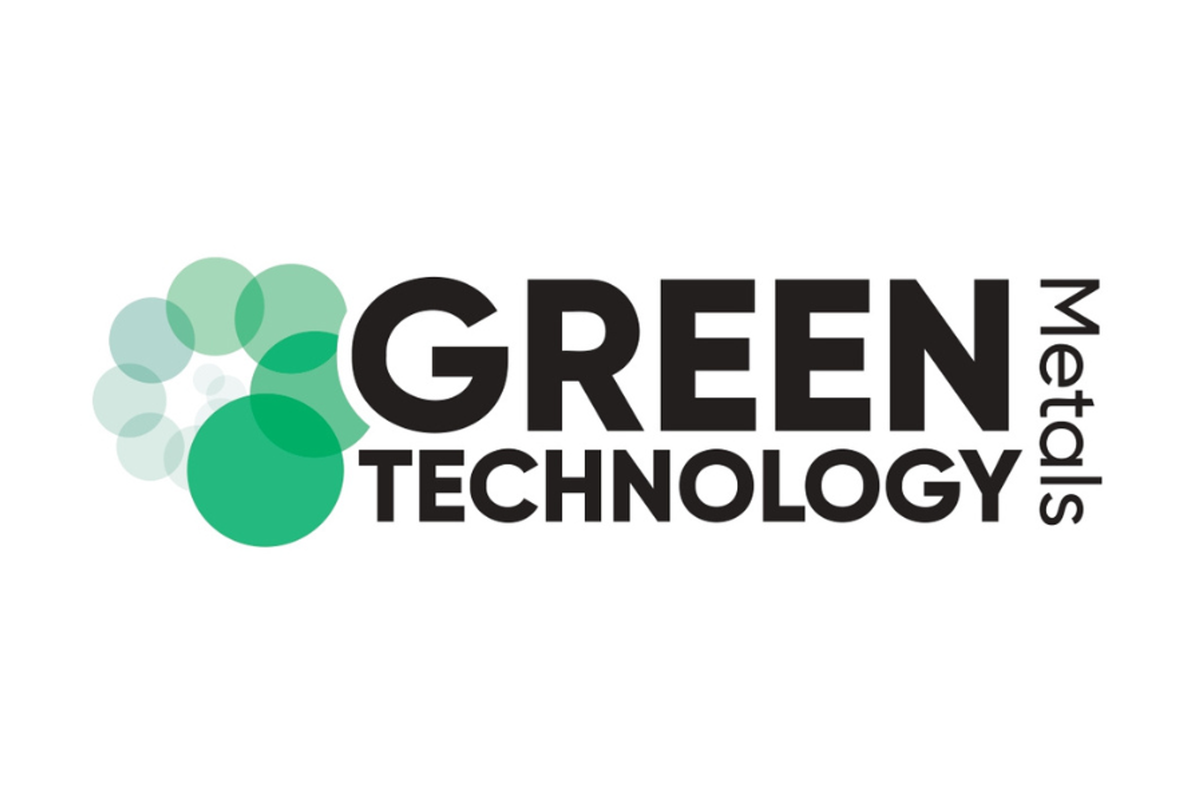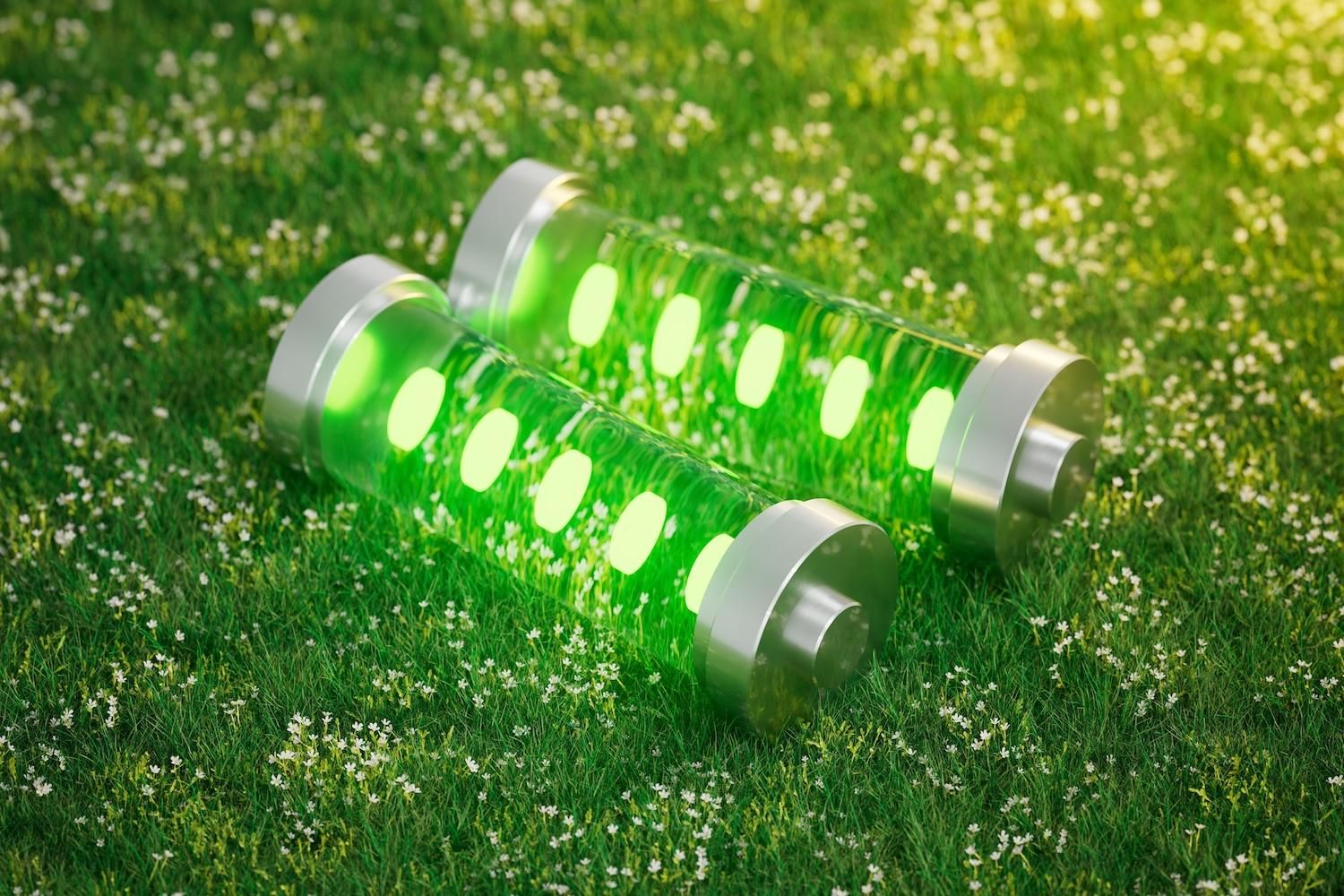
- WORLD EDITIONAustraliaNorth AmericaWorld
November 07, 2022
Green Technology Metals Limited (ASX: GT1) (GT1 or the Company) is pleased to announce a new discovery at its flagship Seymour Lithium Project in Ontario, Canada. The new discovery, Blue Bear, is located approximately 500m south-east of the Aubry Complex, on the Pye West Limb, and sits within the same current mine permitting and baseline study boundary.
HIGHLIGHTS
- First new discovery at Seymour in 50 years: Blue Bear
- Located approx. 500m south-east of Aubry Complex which hosts MRE of 9.9Mt @ 1.04 Li2O%1
- Surface exposure (under thin cover) has similar strike and geometry to North Aubry
- Six channel samples have returned assays including:
- GTC-22-002: 12.4m @ 2.38% Li2O
- GTC-22-001: 14.2m @ 1.17% Li2O (incl. 11.5m @ 1.52% Li2O)
- Fourteen (14) diamond holes have been drilled to date, all intersecting pegmatite
- Six holes have returned assays to date including:
- GTDD-22-0350: 13.9m @ 1.53% Li2O from 13.8m (incl. 8.8m @ 2.27% Li2O)
- GTDD-22-0360: 14.4m @ 1.30% Li2O from 21.1m (incl. 10.8m @ 1.72% Li2O)
- Ongoing diamond drilling and channel sampling now rapidly delineating the Blue Bear deposit
- Second diamond rig undertaking sterilisation drilling for Seymour plant site and infrastructure
“This is the first discovery at Seymour in over 50 years. To find a spodumene-bearing pegmatite under cover utilising classic geological and modern geophysical and geochemical techniques is testament to the abilities of the GT1 technical team and our exploration modelling.”
“We will now drive hard to rapidly delineate the scale of this new discovery, as well as testing further new targets in this area of North Seymour. This is expected to culminate in an updated Mineral Resource estimate for the Seymour Project in coming months. We also continue to rapidly progress Preliminary Economic Assessment work on a development of Seymour, with scheduled completion in Q1 2023.”
- GT1 Chief Executive Officer, Luke Cox
Blue Bear: New discovery on Pye West Limb
The new discovery, Blue Bear, is located on a Priority 1 target zone delineated during target generation and followed up by diamond drill hole, GTDD-22-0186. During drill site preparation the dozer cleared an access track and pad for the diamond rig, exposing a small 1m2 area of bedrock beneath a thin layer of glacial till. The bedrock was quickly identified as spodumene-bearing pegmatite and subsequently confirmed by the Bruker–Raman Spectrometer.
Further mechanical stripping of the area has delineated a pegmatite surface exposure with similar size, geometry and orientation to the North Aubry deposit located approximately 500m northwest. As such, there also exists potential for the two deposits to be associated, including potentially connected at depth, forming a larger mineralising system which we also plan to promptly test with step-out drilling.
Delineation drilling in progress
Delineation diamond drilling has commenced at Blue Bear starting with shallow scissor holes to determine strike and dip of the LCT pegmatite. Initial indications are showing the pegmatite is striking NNW with an apparent dip direction of ENE, dipping 10-30 degrees.
Of the fourteen (14) holes drilled to date, all have intersected pegmatite and 12 have intersected significant pegmatite intercepts (see Figure 3 and Table 1). Assays have been returned to date for six holes (see Table 1).
Hole GTDD-22-0186 was the first/discovery hole, drilled in an easterly direction from the pad where the initial outcrop was uncovered, and returning 7.1m of weathered pegmatite. Two holes, GTDD-22-0359/0360, stepped out slightly to the north-east and were drilled in a broadly westerly direction against the interpreted dip, returning thick pegmatite intervals of 14.1m at 0.66% Li2O from 20.4m (including 8.7m at 0.95% Li2O) and 14.4m at 1.30% Li2O from 21.1m (including 10.8m at 1.72% Li2O), respectively. A similar directional hole, GTDD-22-0350, was drilled approximately 60m SSE of the discovery hole and returned a 13.9m pegmatite interval at 1.53% Li2O from 13.8m (including 8.8m at 2.27% Li2O).
Click here for the full ASX release
GT1:AU

Sign up to get your FREE
Green Technology Metals Investor Kit
and hear about exciting investment opportunities.
- Corporate info
- Insights
- Growth strategies
- Upcoming projects
GET YOUR FREE INVESTOR KIT
The Conversation (0)
17 September
Green Technology Metals
Delivering the next lithium hub in North America
Delivering the next lithium hub in North America Keep Reading...
30 November
Altris Engineering Appointed to Optimise & Lead Seymour DFS
Green Technology Metals (GT1:AU) has announced Altris Engineering Appointed to Optimise & Lead Seymour DFSDownload the PDF here. Keep Reading...
17 November
Ontario Lithium Project Development Update
Green Technology Metals(GT1:AU) has announced Ontario Lithium Project Development UpdateDownload the PDF here. Keep Reading...
31 October
Quarterly Activities/Appendix 5B Cash Flow Report
Green Technology Metals(GT1:AU) has announced Quarterly Activities/Appendix 5B Cash Flow ReportDownload the PDF here. Keep Reading...
12 October
Successful A$4.5m Two Tranche Placement
Green Technology Metals (GT1:AU) has announced Successful A$4.5m Two Tranche PlacementDownload the PDF here. Keep Reading...
09 October
Trading Halt
Green Technology Metals (GT1:AU) has announced Trading HaltDownload the PDF here. Keep Reading...
01 December
Why SQM Says Social Dialogue is Key to Sustainable Lithium
As scrutiny continues to intensify across the battery metals supply chain, the conversation around sustainability has moved far beyond carbon footprints. At this year’s Benchmark Week, Stefan Debruyne, director of external affairs at Sociedad Quimica y Minera de Chile (SQM) (NYSE:SQM), made that... Keep Reading...
27 November
Battery Storage Market Surging as Electricity Demand Enters New Era
Speaking at Benchmark Week, Iola Hughes, head of battery research at Benchmark Mineral Intelligence, outlined a market that is undergoing “very strong growth" and becoming indispensable to energy security.Hughes described energy storage as the fastest-growing segment in the battery sector today.... Keep Reading...
27 November
Inside Billionaire Gina Rinehart's Key Mining Investments
Australian billionaire Gina Rinehart has become a formidable force in the global mining industry. After taking the helm of her father’s iron ore firm Hancock Prospecting in 1993, she embarked upon a diversification strategy that has vastly expanded her resource empire. Now Australia’s richest... Keep Reading...
26 November
Long State Funding Update
Atlantic Lithium (A11:AU) has announced Long State Funding UpdateDownload the PDF here. Keep Reading...
24 November
CATL Reportedly Plans to Restart Key Chinese Lithium Mine by December
Contemporary Amperex Technology (SZSE:300750,OTC Pink:CTATF) is preparing to restart its Jianxiawo lithium mine in Jiangxi province as soon as early December, sources familiar with the matter told Bloomberg.The sources, who declined to be named, said the company, better known as CATL, has asked... Keep Reading...
24 November
Liontown Resources’ Spodumene Auction Attracts Nine Countries
Liontown Resources (ASX:LTR,OTC Pink:LINRF) held its first digital spot sales auction for 10,000 wet metric tonnes of spodumene concentrate from its Kathleen Valley lithium operation in Western Australia.The auction, which attracted over 50 buyers from nine countries, was conducted on Metalshub,... Keep Reading...
Latest News

Sign up to get your FREE
Green Technology Metals Investor Kit
and hear about exciting investment opportunities.
- Corporate info
- Insights
- Growth strategies
- Upcoming projects
GET YOUR FREE INVESTOR KIT
Latest Press Releases
Related News
TOP STOCKS
American Battery4.030.24
Aion Therapeutic0.10-0.01
Cybin Corp2.140.00










